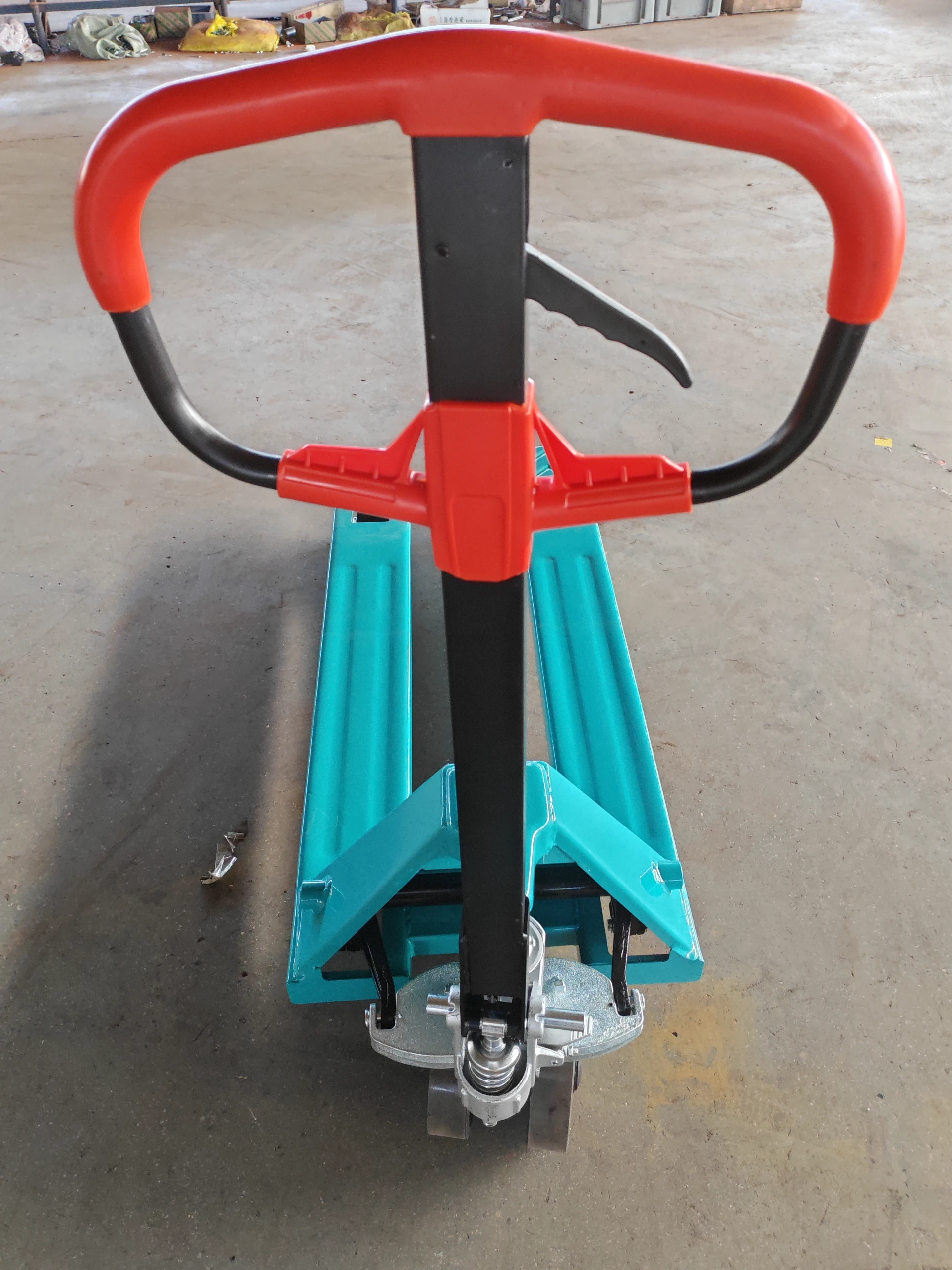


Understanding Crane Scales and Their Significance for Weighing Heavy Loads
In the field of industrial operations, the ability to accurately measure and manage heavy loads is critical. Among the various tools available for this purpose, the crane scale stands out due to its essential role in lifting and weighing massive items. The crane scale, particularly those designed to handle loads of up to 5000 kg, exemplifies the blend of durability, precision, and ease of use for heavy lifting applications.
What is a Crane Scale?
A crane scale is a specialized weighing device suspended from a crane or hoisting apparatus, enabling users to weigh oversized and heavy items that cannot be easily placed on traditional scales. These scales come with varying weight capacities, and the 5000 kg variant is popular in sectors such as construction, manufacturing, and shipping. The ability to weigh such heavy items makes these scales indispensable in environments where large materials or equipment are frequently moved.
How Does a Crane Scale Work?
Crane scales operate using a combination of mechanical and electronic components. When an item is lifted with a hook or strap attached to the scale, a load cell within the scale measures the force exerted by the weight of the item. This information is then converted into a numerical weight reading, which can be displayed on a digital screen. Advanced models often include features such as wireless capabilities, allowing operators to read weights from a distance, enhancing safety and efficiency.
Applications of 5000 kg Crane Scales
The 5000 kg crane scale is utilized in numerous applications. In construction, it is commonly employed to weigh beams, steel girders, and prefabricated building materials before they are hoisted into place. In manufacturing settings, these scales can handle the weight of large machinery parts or raw materials. Furthermore, shipping industries rely on accurate weight measurements to ensure compliance with shipping regulations. Overloading a vessel can lead to severe penalties and increased safety risks, underlining the importance of having reliable weighing instruments like crane scales.

Features to Look for in a Crane Scale
When selecting a crane scale, several factors should be considered. Firstly, the maximum weight limit needs to align with the scale's intended use; thus, a 5000 kg scale is suitable for most industrial applications. Additionally, features such as accuracy and precision are crucial – scales should provide reliable readings within a minimal margin of error.
Another important aspect is durability; features such as weatherproofing, rugged construction, and protective casings can enhance the scale's lifespan, particularly in harsh working environments. Moreover, ease of use is key; a user-friendly interface simplifies the operation, allowing workers to focus on their tasks without being hindered by complicated calibration processes.
Safety Considerations
Safety is paramount when using crane scales. Operators should undergo proper training to understand the scale's operation and safety protocols. Regular maintenance and calibration of the scale are essential to ensure accuracy and prolong its service life. Furthermore, it is important to inspect the lifting equipment and rigging regularly to prevent accidents during lifting and weighing operations.
Conclusion
In conclusion, crane scales, particularly those with a capacity of 5000 kg, are invaluable tools in various industries that require the reliable weighing of heavy loads. Their ability to enhance operational efficiency, ensure safety, and maintain compliance with industry standards makes them a must-have for many businesses. As technology advances, the capabilities of crane scales will undoubtedly improve, offering even greater precision and usability for heavy lifting applications. Proper usage and maintenance of these scales will continue to pave the way for safer and more efficient operations in the challenging environment of industrial work.



